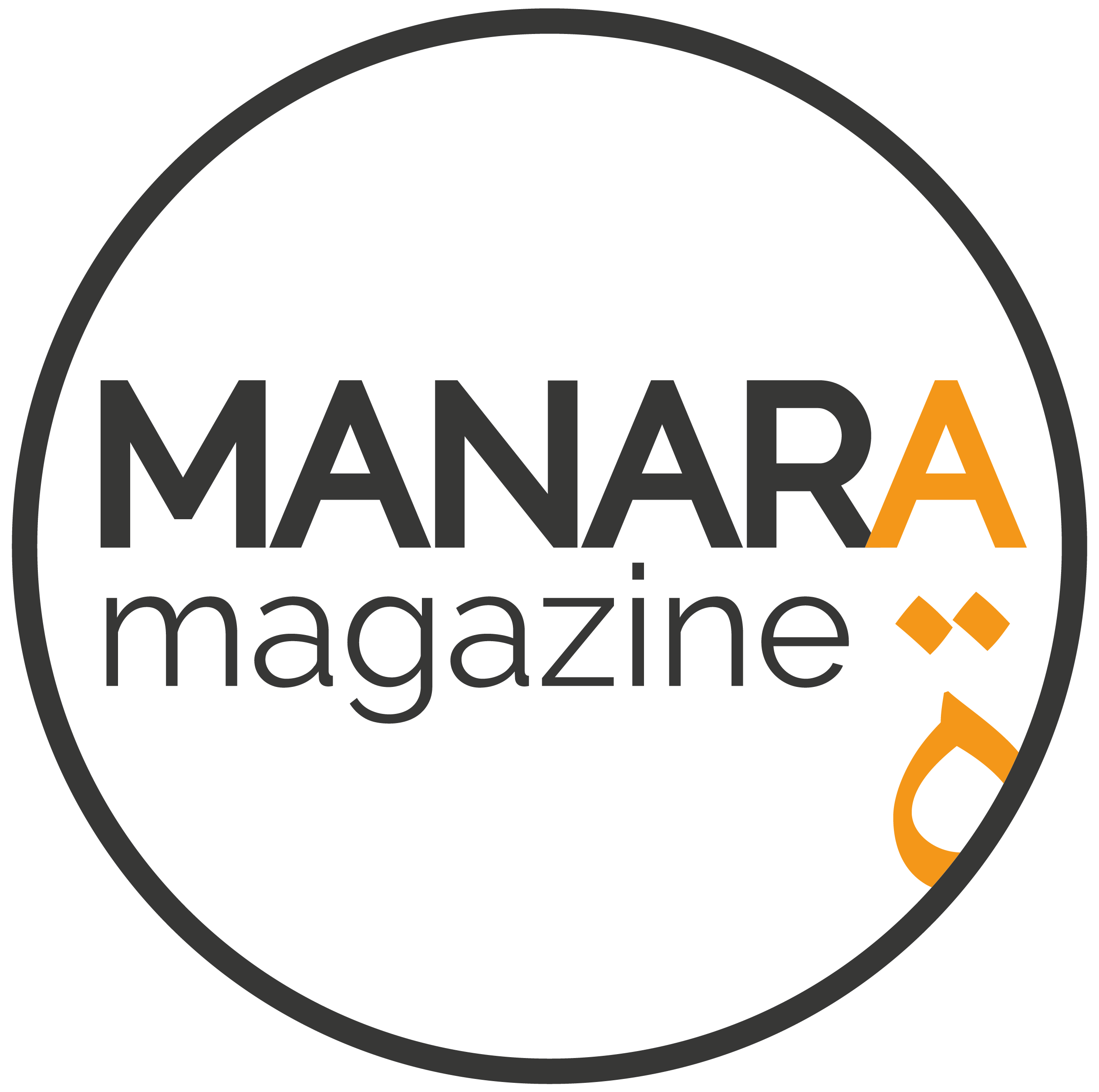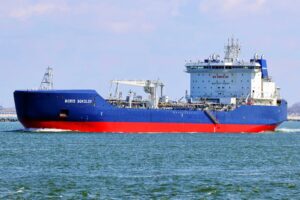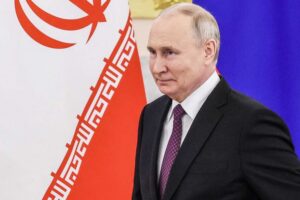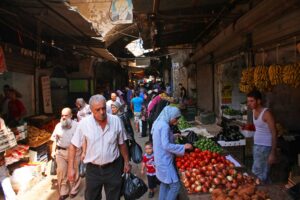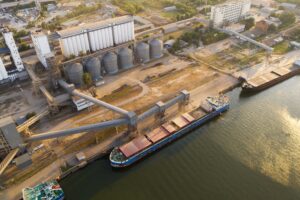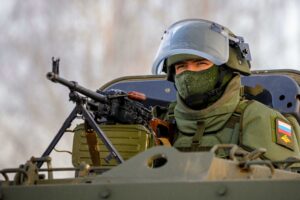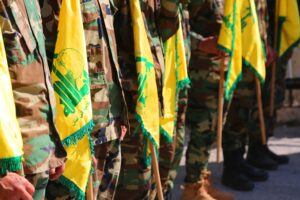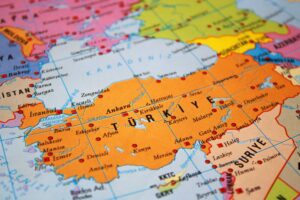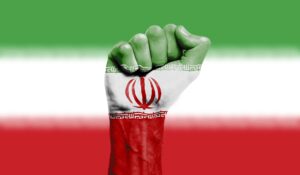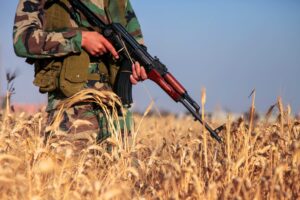2022 was a turbulent year for the Middle East and North Africa region. Regional politics, which had already been confronted by climate change and conflicts in Yemen, Syria, and Libya, were upended by Russia’s invasion of Ukraine and the subsequent surge in global demand for hydrocarbons. A wave of diplomatic reconciliation has restructured existing alignments—and promised far more—though its impact is unclear. The year went out with a bang: Iran erupted in protest after the murder of Mahsa Amini by security forces while the World Cup incited international fanfare and criticism.
2023 promises to be even more tumultuous. It is for this reason that Manara Magazine’s winter issue, “2023: Policy Priorities and Implications for the Middle East,” assesses the year ahead. What are the biggest risks and opportunities facing the MENA region in the new year? To start, Naftali Granot analyses the many strategic challenges facing Israel, which has just elected a new right-wing government under Benjamin Netanyahu. Whether Israel can stabilise itself after years of political instability is an open question. However, as Pier Raimondi observes, Israel’s October 2022 maritime border agreement with Lebanon—which has itself been beset with a dire economic crisis—has the potential to unlock substantial energy resources and economic benefits for both countries as well as the entire Eastern Mediterranean region.
Energy is front and centre in the Gulf’s politics as well. Saudi Arabia, which recently hosted Chinese President Xi Jinping for the first time in six years, has yet to repair its relationship with the United States. Dr. Robert Mason evaluates the ties still linking these long-time allies, as well as the irritants and constraints that may prevent them from burying the hatchet after two fractious years of relations. One thing is clear, however: Saudi Arabia and the United States still need one another when it comes to shared challenges such as Iran. Despite over a year-and-a-half of talks between Riyadh and Tehran, Dr. Hamidreza Azizi observes that these two regional rivals are no closer to resolving their hostility or substantially improving bilateral relations than they were before. Further, the collapse of the negotiations to revive the Joint Comprehensive Plan of Action and the outbreak of protests in Iran have greatly reduced the chances of additional concessions or engagement. Nevertheless, as Dr. Javad Heiran-Nia writes, change could be coming to Iran: the tenacity of Iran’s protestors has raised the possibility of a new political order.
In nearby Turkey, President Recep Tayyip Erdogan is facing his own problems. While his country is mired in conflicts across the region, from the Mediterranean to Syria and the Caucasus, Erdogan is preparing for a presidential election in mid-June that will shape the country’s future for years to come. Dr. Suleyman Ozeren and Dr. Suat Cubukcu discuss the difficult decisions Erdogan must contend with, and whether the government in Ankara can manage its ambitions in Syria, the burdens of providing for Turkey’s refugee population, and enduring issues with the region’s Kurds.
And throughout all this politicking and protest, the menace of climate change looms. Mirette F. Mabrouk appraises the region’s efforts to grapple with this existential crisis and the impact of the United Nations Climate Change Conference that occurred in Egypt. Although progress may beget progress, it is evident that far more must be done to overcome the central global challenge of our age.
Adam Lammon
Managing Editor


